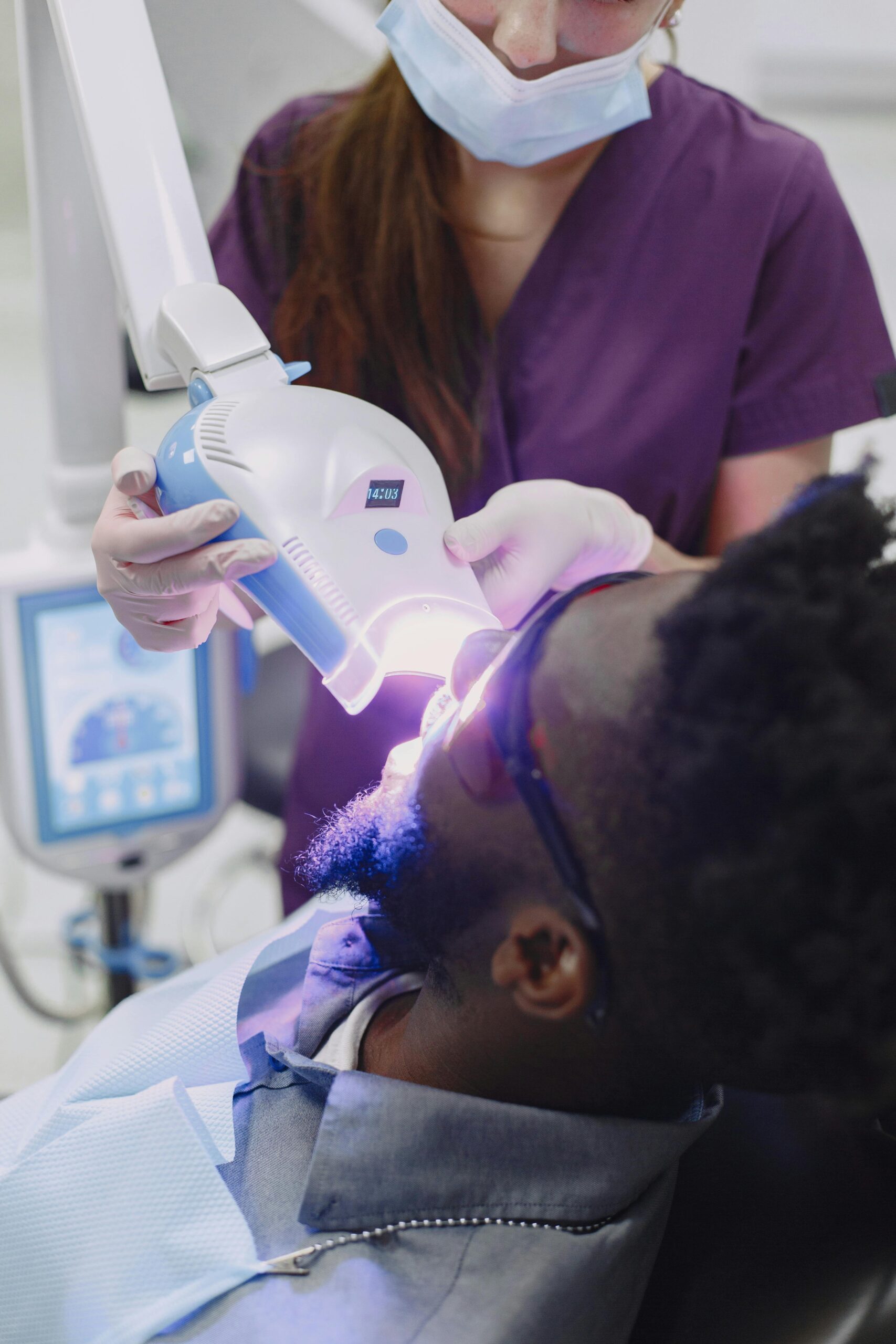The Truth About DIY Teeth Whitening: Is It Safe for Your Smile?
By Pure Bliss Dental Care, Rochedale South
Teeth whitening is one of the most requested cosmetic treatments in Australia. With social media “hacks” and online kits everywhere, it’s tempting to try do-it-yourself (DIY) whitening instead of visiting your dentist. But are these methods safe and effective—or could they actually harm your teeth and gums?
Why people turn to DIY whitening
- Affordability: Chemist and online kits look cheaper upfront.
- Convenience: Easy to buy and use at home.
- “Instant” promises: Fast results are often advertised.
Unfortunately, these benefits can hide risks like sensitivity, gum irritation, and uneven results.
Common DIY methods (and the pitfalls)
- Whitening strips & gels: Often use weaker or inconsistent peroxide levels and can irritate gums if they overlap soft tissues.
- Charcoal toothpastes/powders: Abrasive particles can wear enamel and increase long-term sensitivity.
- Baking soda & lemon juice “hacks”: Acids and abrasives erode enamel—once enamel is gone, it doesn’t grow back.
- LED light gadgets: The light alone doesn’t whiten teeth; any change comes from the bleaching agent, and many kits don’t deliver predictable results.
Risks of DIY whitening
- Tooth sensitivity: Overuse or poor fit leads to sharp, cold sensitivity.
- Enamel damage: Harsh abrasives or acids can permanently thin enamel.
- Gum burns: Leaky or ill-fitting trays expose gums to peroxide.
- Patchy colour: Crowns, fillings, and different tooth surfaces respond unevenly.
Why professional whitening is safer (and usually looks better)
- Assessment first: We check for cavities, cracks, and gum issues that can flare up during whitening.
- Regulated products: Dentist-grade gels are used in controlled, safe concentrations.
- Custom application: In-chair treatments and custom trays help prevent gum exposure and deliver even results.
- Sensitivity care: Desensitising agents and tailored protocols reduce discomfort.
How to keep your smile whiter for longer
- Brush twice daily with a fluoride toothpaste and floss daily.
- Rinse with water after coffee, tea, red wine, soy sauce, and curries.
- Book regular professional cleans to remove surface stains.
- Use a straw for dark drinks and avoid smoking/vaping.
- Top-up whitening under your dentist’s guidance when needed.
Bottom line
DIY whitening can seem quick and cheap, but it may cause sensitivity, enamel damage, and uneven colour. Professional whitening—planned and supervised by your dentist—is the safest, most predictable way to brighten your smile.
This blog provides general information only and is not a substitute for personalised dental advice.






